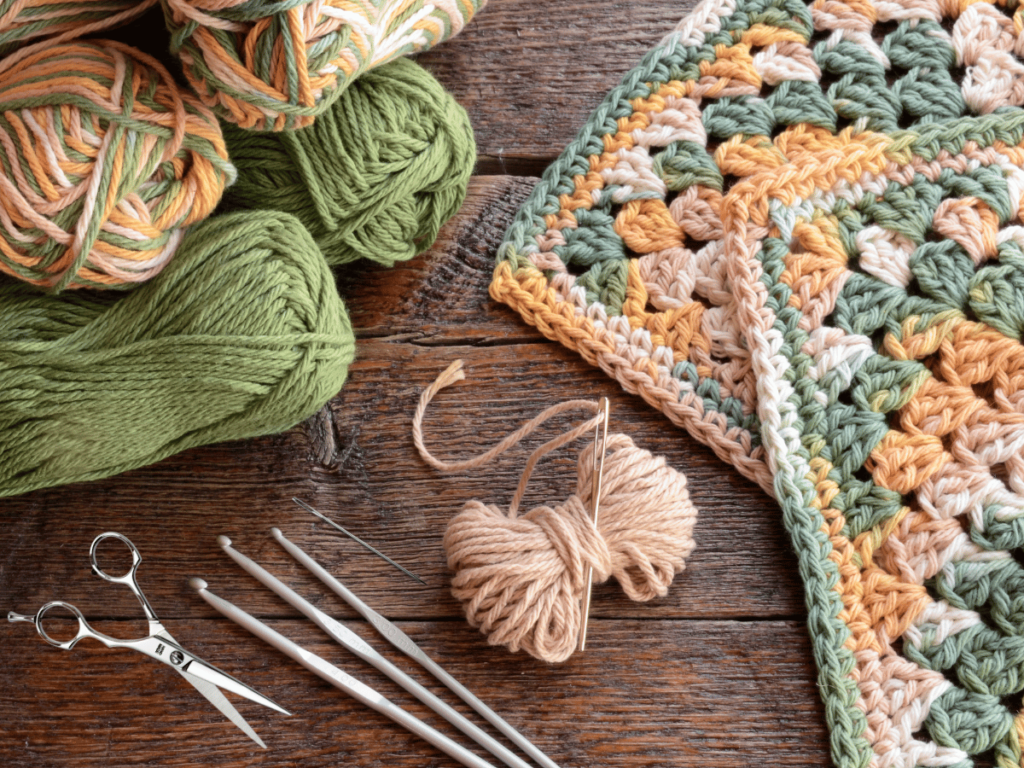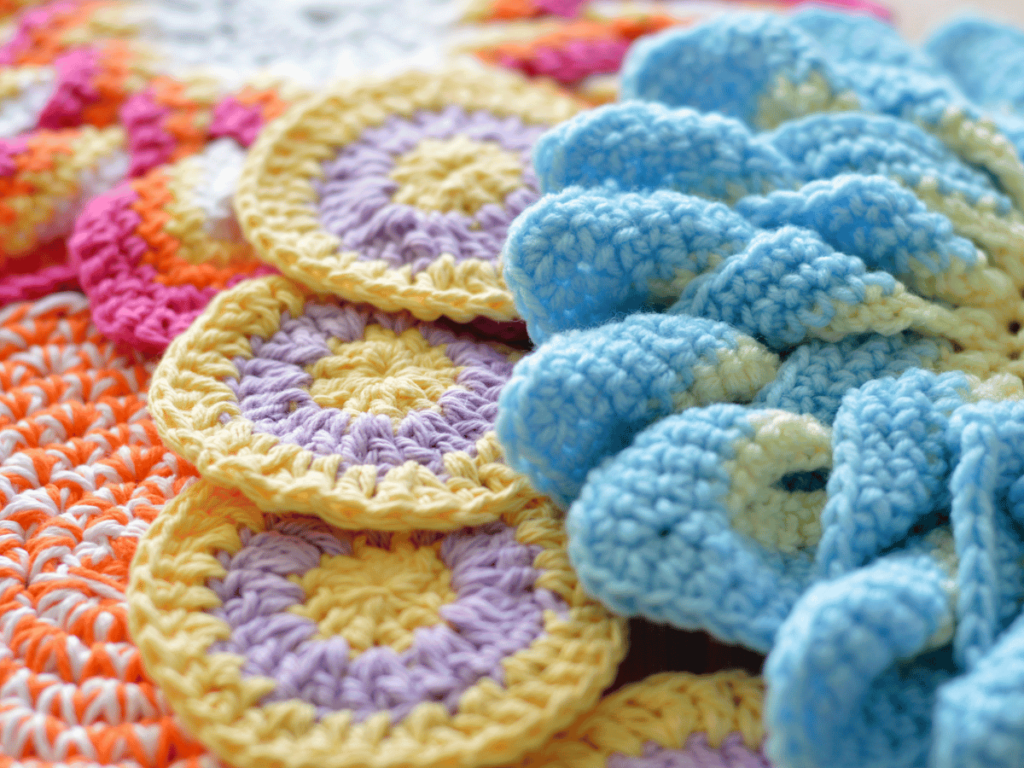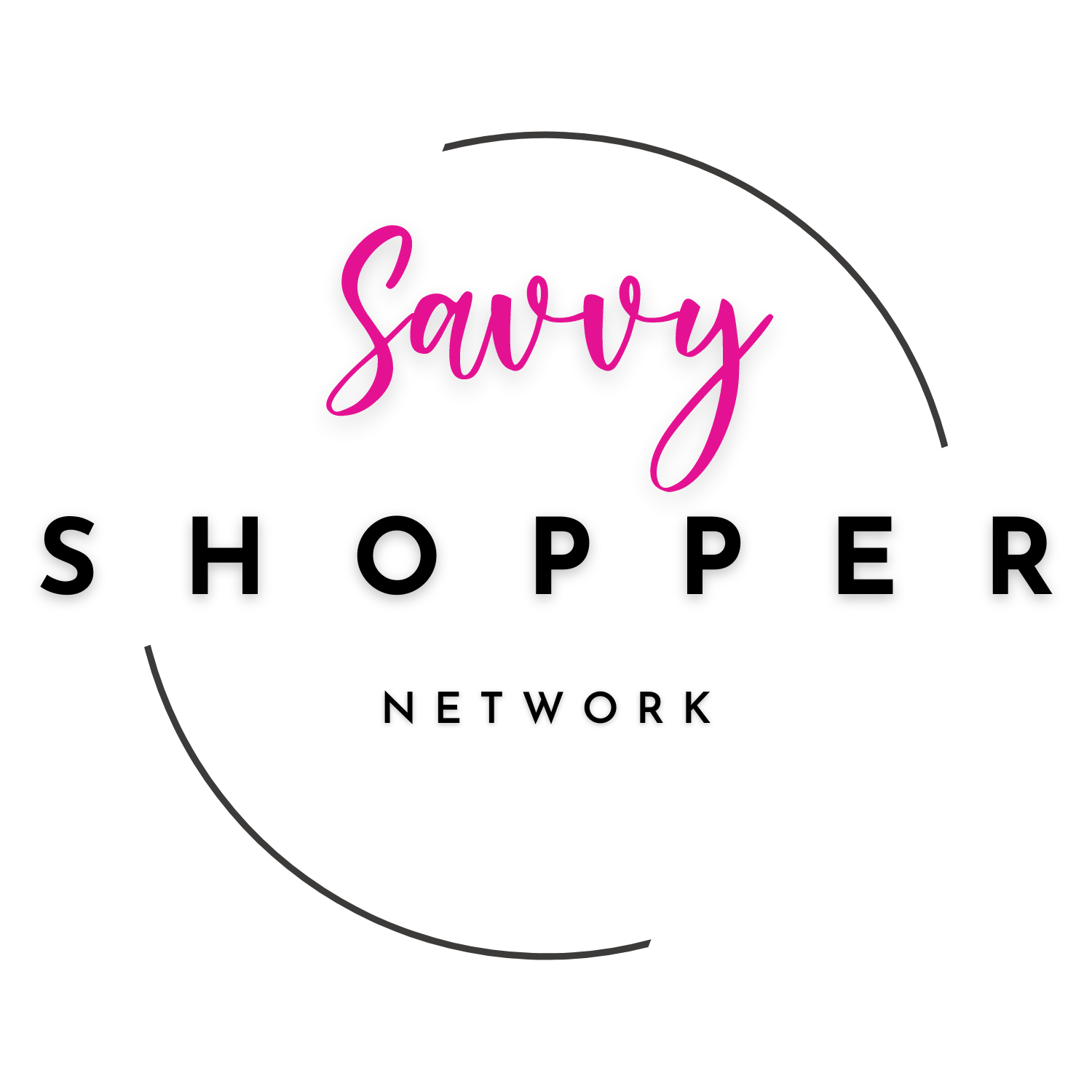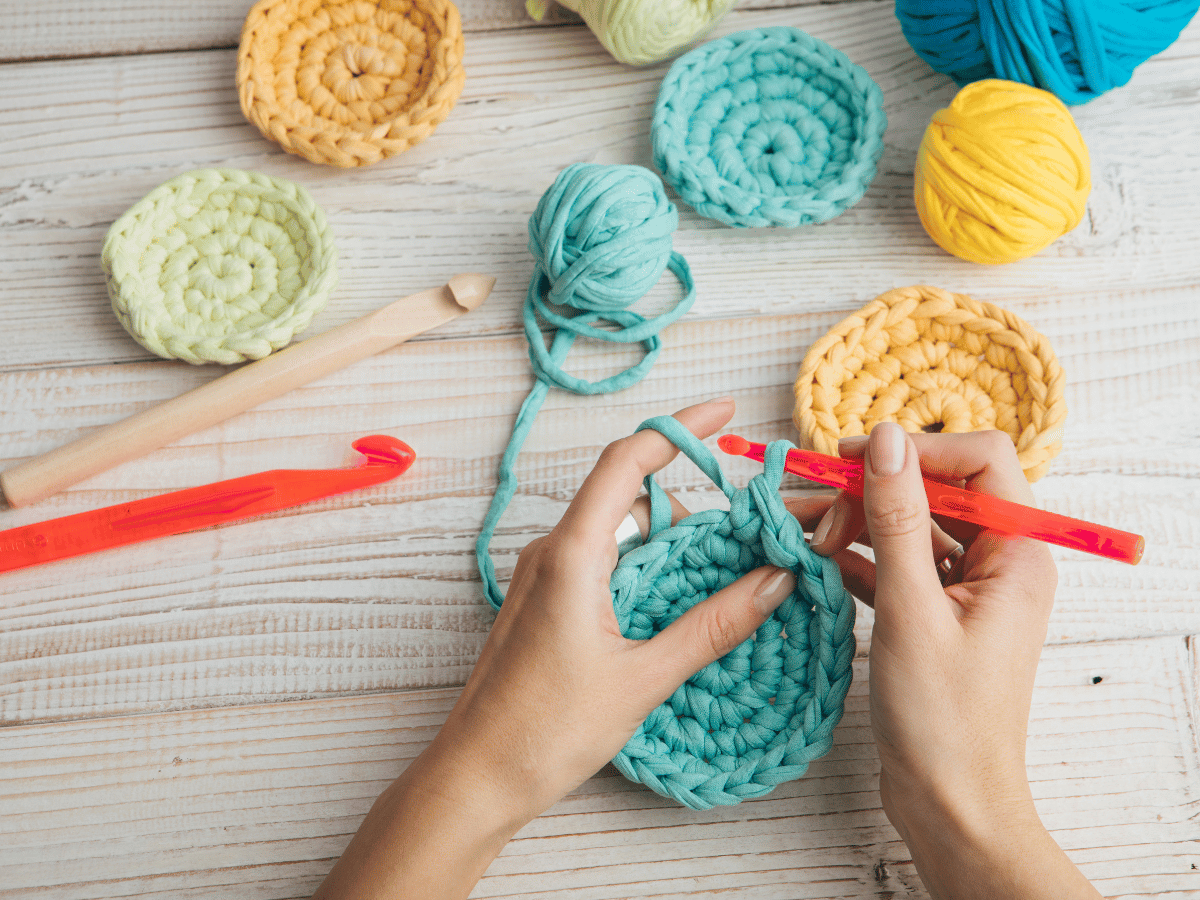When you’re completely new to a DIY craft, the journey from novice to proficient can seem like a long, winding road. I remember the days when I’d marvel at beautifully crocheted items, from chic scarves and intricately designed doilies to fun plushies and cozy blankets, feeling a deep yearning to create such wonders myself. I’m excited to share my personal experience of stepping into the world of crochet as a beginner, hoping to inspire and guide you on your own unique crafting journey.
Demystifying the Art of Crochet
To say crochet intrigued me would be an understatement. Crochet is a versatile craft of creating fabric by interlocking loops of yarn, thread, or other materials using a crochet hook. The very term ‘crochet’ comes from the French word for ‘small hook.’ When I first began, I found myself faced with an array of stitches, each with its own unique character and purpose.
- The Chain Stitch (ch): As the most basic stitch, it’s often the foundation of a crochet project.
- The Slip Stitch (sl st): I discovered this stitch was vital when I needed to join rounds or finish a piece.
- The Single Crochet (sc): This compact and simple stitch was great for creating a tight, dense fabric.
- The Double Crochet (dc): This taller stitch allowed me to create a looser, more flexible fabric.
Essential Tools for the Novice Crocheter
Gathering the right tools was my first concrete step into the world of crochet. My toolkit included crochet hooks of varying sizes, a pair of sharp scissors, a yarn needle for weaving in ends, and of course, the yarn. For beginners, I recommend starting with a medium-weight yarn. It’s manageable and comfortable to work with, easing the learning process.

Once I’d assembled my basic toolkit, I realized that having a dedicated storage solution was equally important. Keeping your crochet tools organized can significantly enhance your crafting experience. I chose a compact yet spacious crochet bag with separate compartments for crochet hooks, scissors, a yarn needle, and a few skeins. Not only did it keep my tools accessible and protected, but it also allowed for mobility. Whether I wanted to crochet in the park, during a lunch break, or at a friend’s house, my crochet bag made it possible. Moreover, seeing your tools neatly arranged is an unspoken delight that adds to the overall satisfaction of the craft. It serves as a physical representation of your commitment to learning and mastering crochet. It’s a constant reminder of the rewarding journey you’ve embarked on and the beautiful creations yet to come.
My Baby Steps into Crocheting
Starting to crochet can feel overwhelming; I’ve been there. The trick, I found, is not to rush but to focus on becoming comfortable with your tools and the basic techniques. I experimented with different ways to hold my crochet hook, finally settling on a grip that felt natural. Then, I practiced making a slipknot and a basic chain stitch. Gradually, as my hands adapted to the movements, I ventured into single and double crochet stitches.
The Pride of Creating My First Project
Choosing the right first project is crucial. Too complicated, and you might get discouraged; too simple, and you won’t learn much. I settled on a dishcloth, an ideal beginner’s project that primarily uses basic stitches and doesn’t require a significant time commitment. The feeling of accomplishment when I completed it was indescribable. I had transformed a simple yarn ball into something useful – it was magical!

Through my journey, I’ve discovered that crochet is more than a hobby; it’s a form of self-expression, a source of relaxation, and a chance to create beautiful, tangible art pieces. Remember, every accomplished crocheter started from scratch. With patience and persistence, you, too can create stunning pieces that bring joy to you and those around you.
Thanks for reading!
Jessi Lynn ~ Savvy Shopper Network
( Disclaimer: This blog post may contain affiliate links that I will make a small commission on if you purchase through my links)


